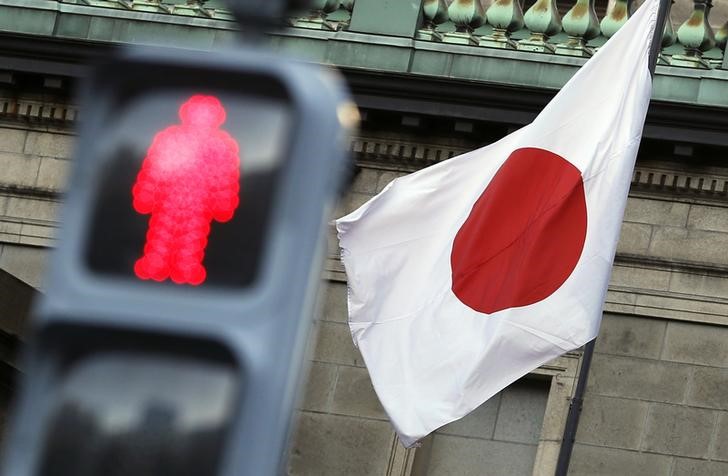SoFi stock falls after announcing $1.5B public offering of common stock
Investing.com-- Japan’s economy grew slightly less than initially estimated in the fourth quarter, as sluggish private spending was only partially offset by strength in exports and capital expenditure.
Gross domestic product grew 2.2% year-on-year in the three months to December 31, down from prior estimates of 2.8%, government data showed on Tuesday. The reading still remained well above the prior quarter’s print of 1.2%.
Quarter-on-quarter GDP growth was revised down to 0.6% from 0.7%, although it too remained above the prior quarter’s pace of 0.3%.
The softer GDP print was driven chiefly by Q4 private consumption being revised down to flat from an initial reading showing 0.1% q-o-q growth. The print also slowed sharply from the prior quarter’s growth of 0.7%.
But growth in capital expenditures was revised up slightly to 0.6% q-o-q from 0.5% q-o-q. Export growth remained steady at 0.7% q-o-q.
Tuesday’s reading comes as Japanese private consumption- which was initially a major driver of growth in 2024- cooled towards the end of the year, as higher wages and household finances were baked into stickier inflation. Japan’s Q4 GDP price index was also revised marginally higher to 2.9% from 2.8% y-o-y, indicating that inflation was higher than initially expected.
Still, the Japanese economy continued to grow at a positive rate, with springtime wage negotiations expected to yield another year of bumper growth later in March. This in turn is expected to further boost private spending.
Data released earlier on Tuesday showed a bigger-than-expected month-on-month decline in household spending in January, indicating that growth may cool further in the first quarter.
Resilience in the Japanese economy and sticky inflation give the Bank of Japan more headroom to keep raising interest rates. The central bank is widely expected to keep rates steady next week, following a 25 basis point hike in January.
But the BOJ could gain enough confidence to hike rates again by as soon as May, once it has more clarity on wage growth.
